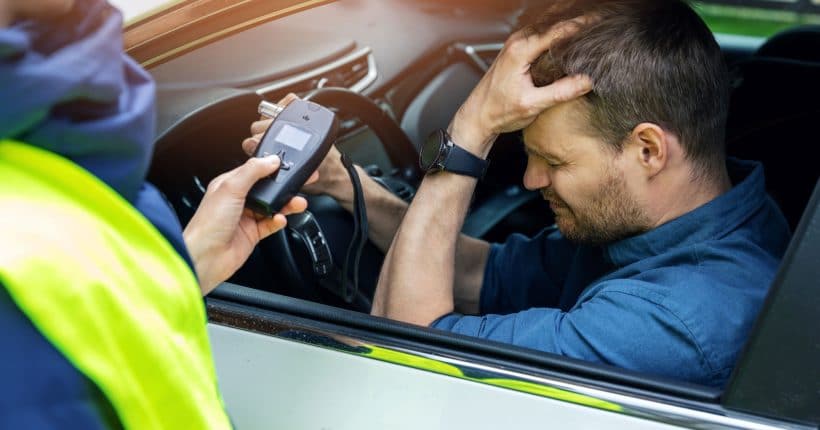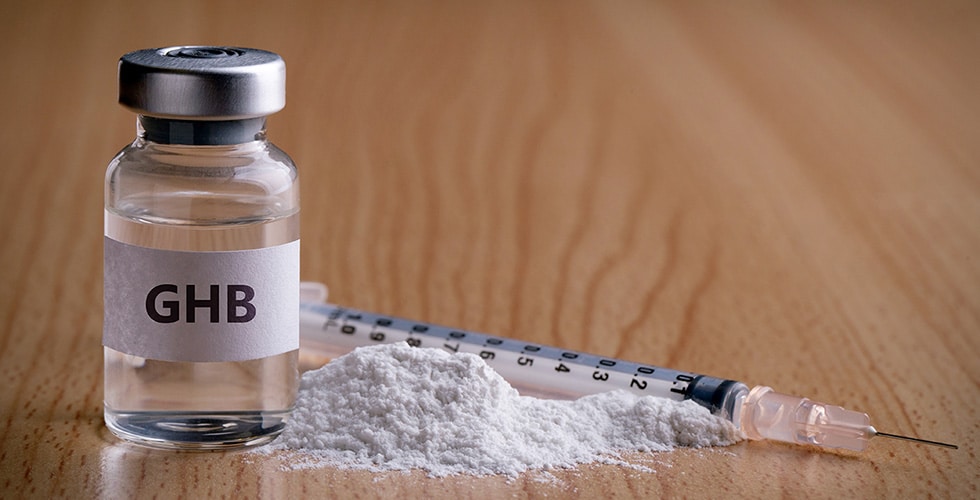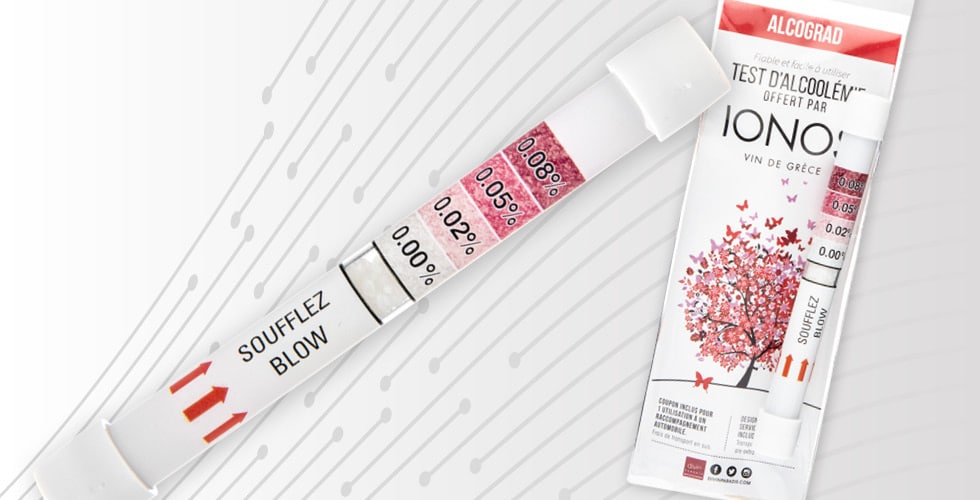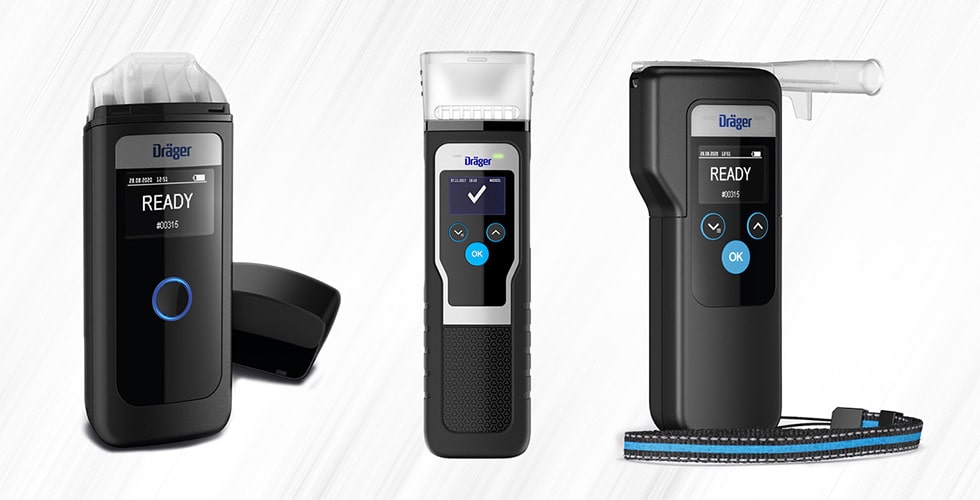Are Breathalyzers the Key? 5 Ways They Save Lives and Make Our Roads Safer
Breathalyzers have become a staple in the fight against drunk driving, but have you ever wondered about the history of this lifesaving gadget?
Table of content are Breathalyzers te key
In this in-depth feature article, we’ll explore the origin, history, and operation of the breathalyzer, as well as how it can save your life and the lives of others. We’ll delve into the 5W Matrix to address the life-saving potential of this revolutionary device.
I. Origin and History: The Emergence of the Breathalyzer
A. The First Breathalyzer: Dr. Robert Borkenstein’s Invention
The story of the breathalyzer begins in the early 1950s with Dr. Robert Borkenstein, an Indiana State Police captain and later a professor at Indiana University. In 1954, Borkenstein invented the first reliable breathalyzer device, called the “Drunkometer.” The Drunkometer used chemical oxidation and photometry to determine the alcohol concentration in a person’s breath, providing law enforcement with a convenient and non-invasive way to test for intoxication.
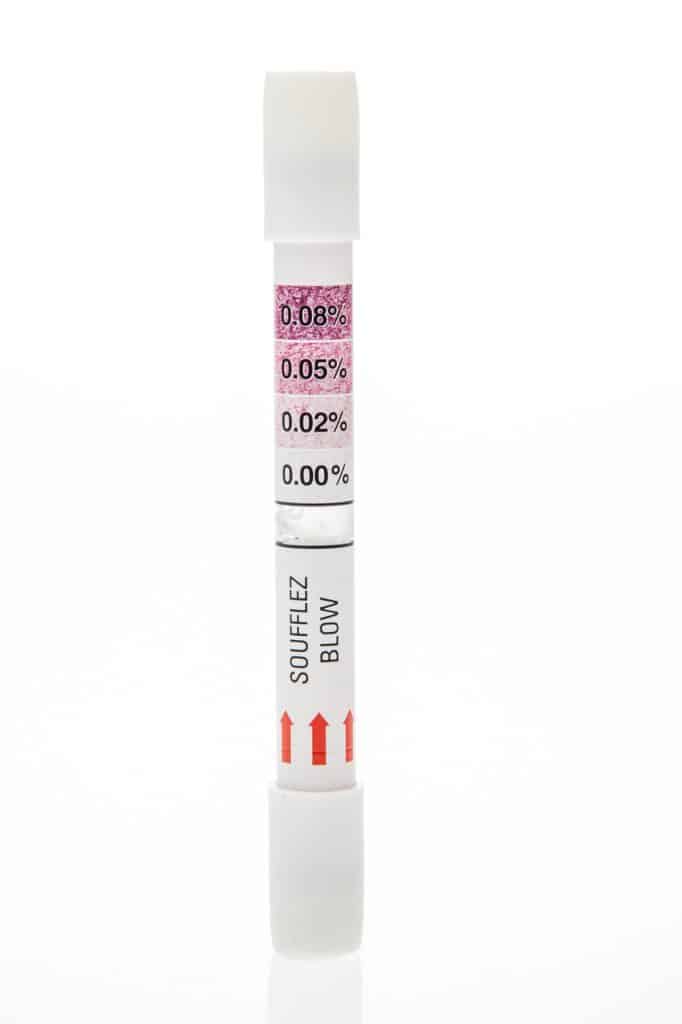
B. Evolution of the Breathalyzer: From Drunkometer to Electronic Devices
Since the invention of the Drunkometer, breathalyzer technology has come a long way. In the 1970s, the electrochemical fuel cell sensor was introduced, greatly increasing the accuracy of these devices. Modern electronic breathalyzers, like the Alco-Sensor line, use infrared spectroscopy, semiconductor sensors, or fuel cell technology to provide accurate and reliable readings.
II. Operation: How Does a Breathalyzer Work?
A. The Science Behind the Breathalyzer
Breathalyzers estimate the blood alcohol concentration (BAC) in a person’s body by measuring the alcohol content in their breath. When alcohol is consumed, it is absorbed into the bloodstream through the stomach and small intestine. As it circulates throughout the body, some alcohol evaporates into the air in the lungs, making it possible to measure BAC from a breath sample.
B. The Different Types of Breathalyzer Technologies
Semiconductor Sensors: These sensors detect the presence of alcohol using a semiconductor oxide, which changes its electrical resistance in response to alcohol in the breath. While these devices are more affordable, they may be less accurate than other types of electronics breathalyzers.
Infrared Spectroscopy: This technology uses infrared light to detect the presence of alcohol molecules in a breath sample. The amount of light absorbed is proportional to the concentration of alcohol present.
Fuel Cell Sensors: These devices use a chemical reaction between alcohol and a catalyst to produce an electrical current. The strength of the current is directly related to the amount of alcohol in the breath sample, making fuel cell sensors highly accurate and reliable.
How Breathalyzers Save Lives
A. Who: The Impact of Breathalyzers on Drivers and Society
Drivers: The implementation of breathalyzers has led to a decrease in drunk driving incidents, saving countless lives by preventing accidents caused by impaired drivers.
a. Enhanced Awareness: Breathalyzers have increased public awareness about the dangers of drunk driving, encouraging individuals to think twice before getting behind the wheel while intoxicated.
b. Informed Decision-Making: Personal breathalyzers empower drivers to monitor their own BAC levels, helping them make responsible choices about whether it is safe to drive or if they should call a cab or a designated driver.
c. Safer Roads: As more drivers understand the risks associated with drunk driving, roads become safer for everyone, including pedestrians, cyclists, and other motorists.
Law Enforcement: Breathalyzers provide police officers with a non-invasive and efficient tool for detecting drunk drivers, contributing to safer roads for everyone.
a. Streamlined DUI Arrests: Breathalyzers allow law enforcement officers to quickly and accurately identify intoxicated drivers, expediting the arrest process and freeing up resources for other public safety initiatives.
b. Sobriety Checkpoints: Law enforcement agencies can strategically establish sobriety checkpoints in high-risk areas, using breathalyzers to detect and deter drunk drivers, ultimately reducing the number of alcohol-related accidents in these locations.
c. Data Collection: Breathalyzer results provide valuable data that can be used to identify trends and patterns in drunk driving behavior, helping law enforcement agencies develop targeted strategies for combating DUI offenses.
Society: By reducing the number of drunk driving accidents, breathalyzers save lives and reduce the emotional and financial burden on families and communities.
a. Lower Accident Rates: With fewer alcohol-related accidents, there is a reduction in fatalities, injuries, and property damage, leading to decreased insurance costs, medical expenses, and traffic congestion.
b. Reduced Emotional Trauma: Families and friends who have lost loved ones to drunk driving accidents experience immense emotional pain. By reducing the number of these accidents, breathalyzers help spare countless people from the heartache of losing someone they care about.
c. Stronger Communities: Breathalyzers contribute to a culture of responsible alcohol consumption and safe driving, fostering a sense of collective responsibility and community well-being. This results in increased trust among community members and a safer environment for everyone.
B. What: The Role of Breathalyzers in Reducing Alcohol-Related Accidents
Deterrent Effect: The existence of breathalyzers and the potential for being caught driving under the influence (DUI) deters people from drinking and driving, leading to fewer alcohol-related accidents.
a. Increased Fear of Consequences: The knowledge that breathalyzers are widely used and can quickly detect intoxication raises the perceived risk of being caught and facing legal penalties, discouraging many from driving under the influence.
b. Public Awareness Campaigns: Governments, nonprofits, and community organizations often use breathalyzers in public education campaigns to raise awareness about the risks and consequences of drunk driving, further reinforcing the deterrent effect.
c. High-Visibility Enforcement: Law enforcement agencies often announce DUI crackdowns and sobriety checkpoints, emphasizing the use of breathalyzers to catch drunk drivers. This heightened visibility contributes to a stronger deterrent effect on potential offenders.
Prompt Detection: Breathalyzers enable law enforcement to identify intoxicated drivers quickly and accurately, preventing potential accidents and ensuring swift consequences for those who choose to drink and drive.
a. Immediate Results: Breathalyzers provide instant readings, allowing officers to make informed decisions about whether to arrest a driver on the spot, thereby reducing the chance of an intoxicated driver causing harm.
b. Objective Evidence: Breathalyzer results provide objective evidence of intoxication, making it easier for officers to establish probable cause for an arrest and strengthening the case against the offender in court.
c. Roadside Testing: Breathalyzers can be used at the roadside during traffic stops, enabling officers to assess a driver’s level of intoxication without having to bring them to a hospital or police station for blood testing.
Monitoring DUI Offenders: In some cases, courts may require DUI offenders to use an ignition interlock device, which is a breathalyzer connected to a vehicle’s ignition system. This prevents the vehicle from starting if the driver’s BAC is above a preset limit, further reducing the risk of drunk driving incidents.
a. Rehabilitation Support: Ignition interlock devices help DUI offenders develop responsible driving habits by making them aware of their alcohol consumption and preventing them from operating a vehicle while intoxicated.
b. Recidivism Reduction: Studies have shown that ignition interlock devices are effective in reducing recidivism rates among DUI offenders, as they are constantly reminded of the consequences of driving under the influence.
c. Real-Time Monitoring: Some ignition interlock devices transmit data to monitoring agencies, allowing authorities to track an offender’s compliance with court-mandated requirements and intervene if necessary, further enhancing their effectiveness in preventing drunk driving incidents.
C. When: Timely Intervention Through Breathalyzer Use
Traffic Stops: Police officers can use professional breathalyzers during routine traffic stops or at sobriety checkpoints, ensuring that drunk drivers are removed from the road before they cause harm.
a. Randomized Testing: During routine traffic stops, officers can administer breathalyzer tests to drivers exhibiting signs of intoxication, increasing the chances of identifying and apprehending drunk drivers before they cause an accident.
b. Targeted Checkpoints: By setting up sobriety checkpoints in areas with high rates of DUI incidents or near popular nightlife spots, law enforcement can proactively target and deter drunk driving, making roads safer for all users.
c. Public Perception: When drivers see or hear about sobriety checkpoints or breathalyzer usage during traffic stops, they may be less likely to engage in drunk driving, further enhancing the preventive impact of these enforcement tactics.
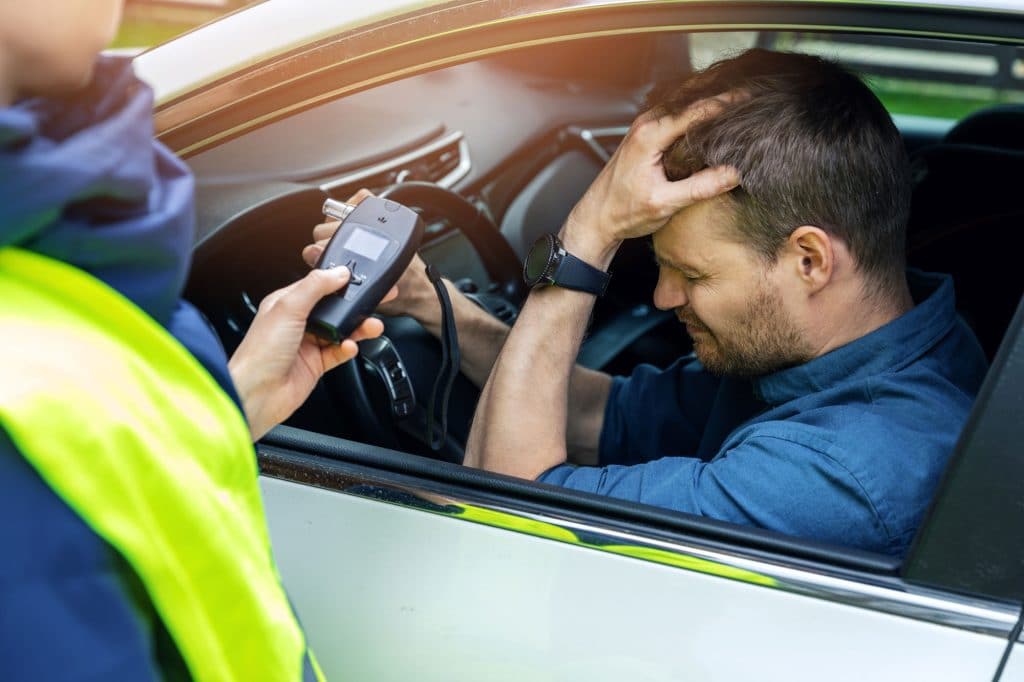
Post-Accident Testing: In the event of an accident, breathalyzers can be used to determine if alcohol was a contributing factor, providing valuable information for investigations and potential legal proceedings.
a. Establishing Fault: Breathalyzer results can help establish if a driver was under the influence of alcohol at the time of an accident, potentially impacting insurance claims and legal liability.
b. Criminal Charges: If a driver involved in an accident is found to be intoxicated through breathalyzer testing, they may face additional criminal charges, such as vehicular manslaughter or DUI causing injury, depending on the severity of the accident.
c. Accident Analysis: Breathalyzer results from post-accident testing can contribute to a more comprehensive understanding of the factors involved in an accident, aiding law enforcement and traffic safety experts in developing effective strategies to prevent future crashes.
Alcohol Education Programs: Many schools and community organizations use breathalyzers as educational tools to raise awareness about the dangers of drunk driving and to encourage responsible alcohol consumption.
a. Student Demonstrations: Schools may use breathalyzers in alcohol education programs to demonstrate how quickly alcohol can impair a person’s ability to drive, reinforcing the importance of responsible consumption and the risks associated with drunk driving.
b. Community Outreach: Local organizations may host events such as “mocktail parties” or alcohol-free social gatherings, where breathalyzers can be used to show participants how their BAC levels change as they consume non-alcoholic beverages, highlighting the potential dangers of impaired driving.
c. Employee Training: Companies in industries with strict alcohol policies, such as transportation or construction, may incorporate breathalyzers into employee training programs to educate workers on the effects of alcohol and the importance of adhering to workplace safety standards.
D. Where: The Ubiquity of Breathalyzers in Modern Society
Law Enforcement: Police departments across the world have adopted breathalyzer technology as a standard tool in their efforts to combat drunk driving.
a. Standardized Equipment: Many law enforcement agencies have adopted specific breathalyzer models to ensure consistent and accurate results when testing drivers for intoxication.
b. International Adoption: Countries around the world, including the United States, United Kingdom, Australia, and many others, have incorporated breathalyzer use into their DUI enforcement strategies, demonstrating the global recognition of the technology’s effectiveness.
c. Legal Frameworks: Governments have established legal frameworks surrounding breathalyzer use, such as specifying BAC limits for different driver categories or outlining procedures for administering tests, further integrating the technology into the fabric of law enforcement.
Personal Use: Portable breathalyzers are available for personal use, allowing individuals to monitor their own BAC levels and make informed decisions about whether it is safe to drive.
a. Smartphone Integration: Some personal breathalyzers can be connected to smartphones, providing users with an easy way to track their BAC levels over time and access additional features, such as estimating when they will be sober enough to drive.
b. Designated Driver Tools: Personal breathalyzers can be used by designated drivers to ensure they remain under the legal BAC limit throughout the night, promoting responsible drinking behavior and safe transportation for their friends and family.
c. Consumer Education: The widespread availability of personal breathalyzers has contributed to increased awareness of BAC levels and their impact on driving ability, empowering individuals to make informed decisions about their alcohol consumption and driving habits.
Workplace Safety: In some industries, employers use breathalyzers to ensure workers are not under the influence of alcohol while performing tasks that require alertness and precision, such as operating heavy machinery.
a. Transportation Industry: Companies involved in the transportation of goods or people, such as trucking firms or airlines, may use breathalyzers to ensure drivers and pilots are not impaired by alcohol, maintaining safety standards and reducing the risk of accidents.
b. Construction and Manufacturing: Employers in construction or manufacturing sectors, where workers operate heavy machinery or engage in potentially dangerous tasks, may implement breathalyzer testing to promote a safe work environment and reduce the risk of workplace accidents.
c. Corporate Policies: Many companies have established alcohol and drug policies that include breathalyzer testing as a means of ensuring employee compliance and maintaining workplace safety. These policies may include random testing or testing following a workplace incident to determine if alcohol played a role.
E. Why: The Importance of Breathalyzers in Saving Lives
Preventing Accidents: Breathalyzers play a crucial role in preventing alcohol-related accidents, which can result in severe injuries or fatalities.
a. Early Detection: By detecting intoxicated drivers quickly and accurately, breathalyzers enable law enforcement officers to remove them from the road before they cause harm, reducing the likelihood of accidents.
b. Deterrence: The knowledge that breathalyzers are widely used and can lead to legal consequences deters many people from driving under the influence, resulting in a decrease in alcohol-related accidents and saving lives.
c. Safer Streets: As breathalyzer usage becomes more prevalent, roads become safer for all users, including pedestrians, cyclists, and other motorists, as the risk of encountering an intoxicated driver is reduced.
Encouraging Responsible Drinking: The widespread use of breathalyzers promotes a culture of responsible drinking, as people become more aware of the consequences of driving under the influence.
a. Personal Accountability: With personal breathalyzers, individuals can monitor their own BAC levels, making informed decisions about whether it is safe to drive, and encouraging responsible alcohol consumption.
b. Public Education: Breathalyzers are often incorporated into public education campaigns and alcohol awareness programs, helping to reinforce the dangers of drunk driving and promote responsible drinking behaviors.
c. Social Norms: The use of breathalyzers has contributed to the establishment of social norms surrounding responsible drinking and driving, encouraging friends and family members to hold each other accountable and prioritize safety.
Legal Ramifications: The use of breathalyzers in law enforcement ensures that those who choose to drink and drive face legal consequences, further reinforcing the importance of sober driving.
a. Evidence in Court: Breathalyzer results provide objective evidence of a driver’s intoxication, making it more likely that drunk drivers will be convicted and face legal penalties, such as fines, license suspension, or even imprisonment.
b. Swift Consequences: Breathalyzers enable law enforcement officers to quickly identify and arrest intoxicated drivers, ensuring that they face swift consequences for their actions, further discouraging others from engaging in drunk driving.
c. Repeat Offender Monitoring: In some cases, courts require repeat DUI offenders to use ignition interlock devices, which incorporate breathalyzer technology, as a condition of probation or license reinstatement. This helps to prevent these individuals from reoffending and further emphasizes the importance of sober driving.
Conclusion on breathalyzers
The breathalyzer has indeed come a long way since its invention in the 1950s. From a rudimentary chemical-based device to advanced electronic breathalyzers, these tools have become an essential part of modern society. By examining the origin, history, and operation of these devices, we can better appreciate their lifesaving potential and the role they play in promoting responsible drinking and reducing drunk driving accidents.
The evolution of breathalyzer technology has enabled more accurate and reliable BAC measurements, allowing law enforcement officers to confidently assess a driver’s level of intoxication. These advancements have contributed to the breathalyzer’s widespread adoption and its effectiveness in reducing alcohol-related accidents.
The use of breathalyzers by law enforcement agencies around the world has led to a decrease in drunk driving incidents and subsequent fatalities. This global impact demonstrates the importance of continuing to invest in and support the use of breathalyzer technology as a means of promoting public safety.
The availability of personal breathalyzers has empowered individuals to take responsibility for their own alcohol consumption and make informed decisions about whether it is safe to drive. This increased awareness has contributed to a culture of responsible drinking and a reduction in alcohol-related accidents.
Breathalyzers have also played a critical role in improving workplace safety in industries where alertness and precision are vital. By ensuring that workers are not under the influence of alcohol, employers can maintain high safety standards and reduce the risk of workplace accidents.
The profound impact that breathalyzers have had on saving lives and making our roads safer for everyone, it is crucial that we continue to support and promote their use. We must remain vigilant in our efforts to combat drunk driving, invest in ongoing public education campaigns, and advocate for the adoption of breathalyzer technology in all relevant sectors of society.
Let’s embrace the lifesaving potential of breathalyzers and take personal responsibility for our own actions. Support law enforcement in their efforts to keep our roads safe, and encourage others to do the same. Together, we can create a safer future for ourselves, our loved ones, and our communities.


